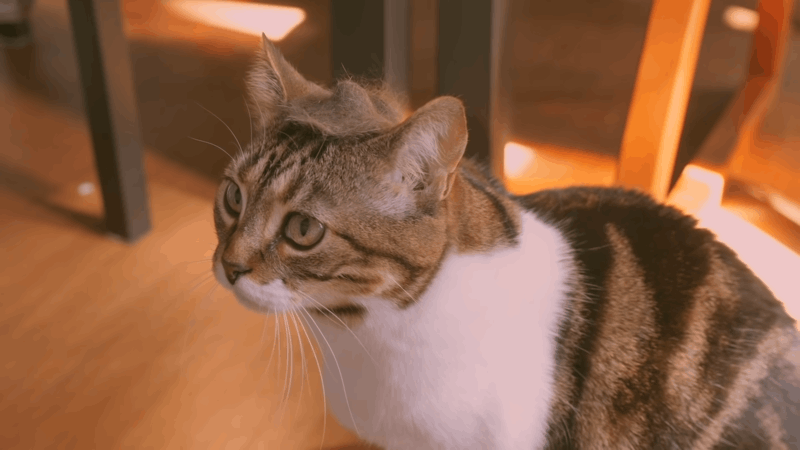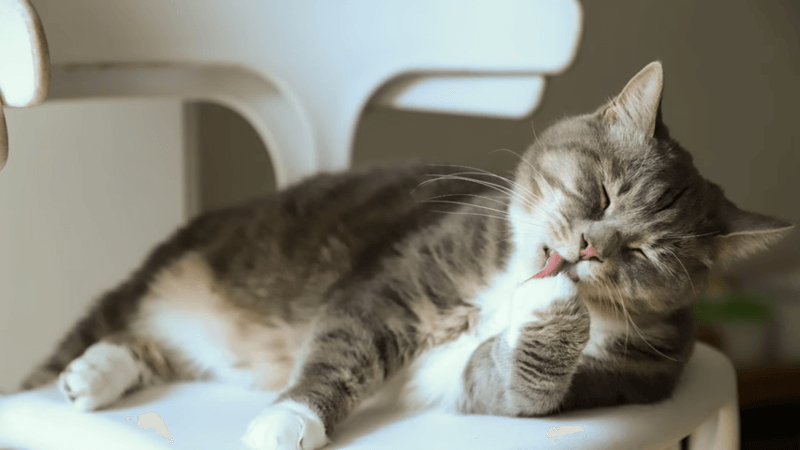No products in the cart.
Cat dry skin is a common condition that can cause discomfort and irritation for our feline friends. From environmental factors to grooming habits, several factors can contribute to dry skin in cats. Identifying the symptoms and understanding the underlying causes are essential steps in effectively treating and managing this condition. In this blog, we will discover the topics of what is cat dry skin, CBD for dry skin in cats, identifying and treating cat dry skin, and how to moisturize cat skin.
What Is Cat Dry Skin?
Cat dry skin is a condition in which a cat’s skin lacks adequate moisture and develops a rough, flaky, or dry texture. Environmental factors, poor hydration, nutritional inadequacies, allergies, underlying health concerns, or grooming practices are just a few of the causes.
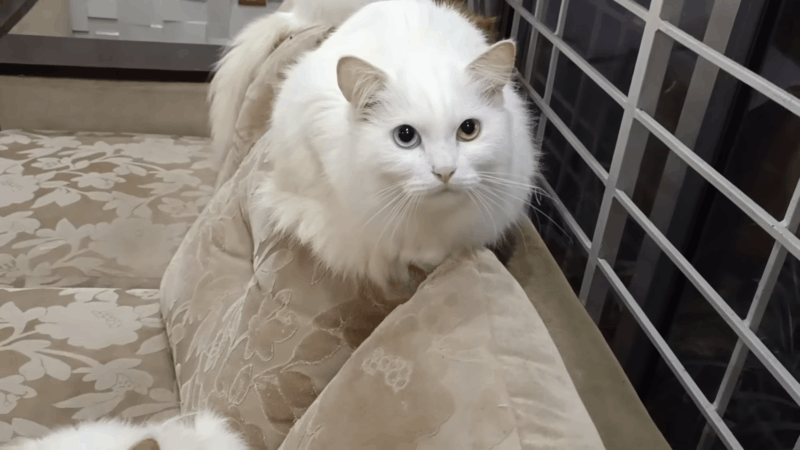
Cat’s Skin Characteristics
Cat skin has some unique characteristics compared to other animals. It is covered with fur, which provides insulation and protection. Cats have a relatively thin epidermis, the top layer of skin, and abundant sebaceous glands, which create oils to lubricate and shield the coat. Additionally, cats have a higher sensitivity to certain ingredients or environmental factors that can impact their skin health.
Signs of Cat Dry Skin
Signs of cat dry skin can vary, but some common indicators to watch for include:
- Flaky or Scaly Skin: One of the primary indicators of dry skin is the presence of visible flakes or scales on the cat’s skin. These dry patches may appear white or gray and can be particularly noticeable when looking closely at the coat.
- Rough or Irritated Patches: Dry skin can cause certain areas of the cat’s skin to become rough or irritated. You may notice rough patches or areas that feel coarse or uneven to the touch.
- Excessive Itching or Scratching: Cats with dry skin often experience intense itching, leading to excessive scratching. They may scratch themselves excessively or focus their scratching on specific areas of their body that are affected by dryness.
- Redness or Inflammation: Dry skin can become inflamed, leading to redness in the affected areas. The skin may appear irritated, and the cat may exhibit signs of discomfort or sensitivity.
- Dull or Lackluster Coat: Dry skin can impact the overall appearance of the cat’s coat. It may appear dull, lack shine, or have a rough texture due to the lack of proper moisture.
Factors That Contribute to Cat Dry Skin
Cat dry skin can be influenced by various factors that contribute to its occurrence. Here are several factors can contribute to cat dry skin :
- Low humidity: The skin can lose moisture when exposed to dry air, especially in the winter or in dry regions.
- Grooming habits: Over-grooming or excessive bathing can strip away natural oils, leading to dryness.
- Allergies: Cats may develop allergies to certain foods, environmental factors, or substances that can cause dry, itchy skin.
- Nutritional deficiencies: Inadequate levels of essential fatty acids or other nutrients in the diet can affect skin health.
- Underlying health conditions: Certain medical conditions, such as hormonal imbalances or autoimmune disorders, can contribute to dry skin in cats.
CBD for Dry Skin in Cats
CBD for cats with dry skin involves using CBD-infused products or supplements to alleviate symptoms and improve overall skin health. CBD products for pets interacts with the endocannabinoid system, reducing inflammation and itching while moisturizing and nourishing the skin. CBD-infused shampoos, creams, and oral oils are specially formulated for cats and can provide targeted relief.
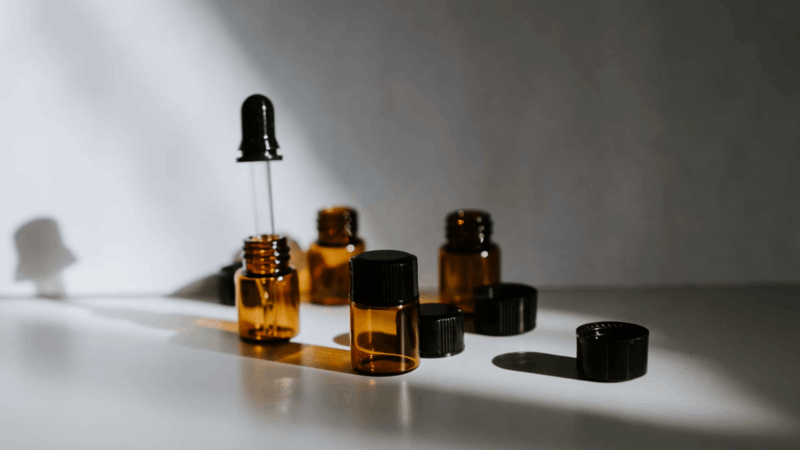
The Benefits of CBD for Cat Dry Skin
CBD offers several potential benefits for cats with dry skin, including:
- Anti-inflammatory properties: CBD’s anti-inflammatory qualities can help by lowering redness, inflammation, and itching, which can help with dry skin.
- Moisturizing properties: The skin can be hydrated and nourished by CBD’s moisturizing characteristics, which enhance both the skin’s general health and attractiveness.
- Soothing effects: CBD can help soothe irritated skin, providing relief from discomfort and itching caused by dryness.
- Balancing the skin’s oil production: CBD may help regulate the production of sebum, the skin’s natural oil, which can be beneficial for cats with imbalanced oil production.
Recommended CBD Products for Cat Dry Skin
The best CBD products for cats with dry skin should be high-quality, specially manufactured items made for cats.
Here are some suggestions:
- CBD-infused cat shampoos or conditioners: These products can provide direct skin hydration and nourishment during bathing.
- CBD topical creams or balms: These can be applied directly to the affected areas of dry skin for targeted relief.
- CBD oil or tinctures: These can be administered orally by adding to your cat’s food or treats, providing systemic benefits for overall skin health.
Identifying and Treating Cat Dry Skin
Identifying and treating cats with dry skin is essential for their comfort and overall health. To identify dry skin in cats, look for signs such as flakiness, rough patches, excessive itching, and redness. Once dry skin is identified, it’s important to address the underlying causes, which can include low humidity, grooming habits, allergies, or nutritional deficiencies.
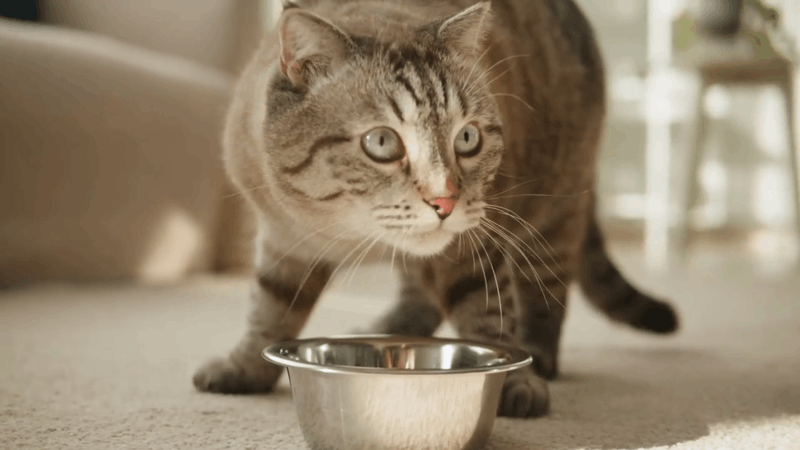
Differentiating Cat Dry Skin From Other Skin Conditions
It might be difficult to tell if your cat has dry skin or not and it is difficult to differentiate from one with other skin issues because some symptoms may be similar.
However, there are a few factors to consider:
- Allergies: allergies can cause many health problems and symptoms, usually intense itching, and redness, and may come with severe signs like sneezing or watery eyes.
- Parasites: External parasites like fleas or mites can cause skin irritation, but you may notice additional signs such as flea dirt or visible insects.
- Infections: Fungal or bacterial infections may result in skin issues, often characterized by lesions, crusts, or foul odor.
- Dermatitis: Contact dermatitis or atopic dermatitis can cause skin dryness, but they usually involve specific triggers or allergens.
- Consulting a veterinarian is crucial for an accurate diagnosis and proper differentiation from other skin conditions.
Home Remedies and Natural Treatments for Cat Dry Skin
Even though it’s crucial to speak with a vet, there are several natural cures and at-home remedies that can aid cats with dry skin:
- Proper grooming: Regular brushing to remove dead skin cells and distribute natural oils constitutes proper grooming.
- Humidify the environment: Use a humidifier to increase moisture levels in the air.
- Balanced diet: Ensure your cat receives a high-quality diet with proper hydration and essential fatty acids.
- Omega-3 fatty acids: Consider adding fish oil or supplements rich in omega-3 fatty acids to promote skin health.
- Bathing: Use a moisturizing shampoo specifically formulated for cats with dry skin, followed by a conditioner to replenish moisture.
How to Moisturize Cat Skin
- Choose a Cat-Safe Moisturizer: Find a moisturizer designed especially for cats. Consult with your veterinarian for recommended products that are safe and suitable for your cat’s skin.
- Prepare the Area: Find a quiet and comfortable space where you can comfortably access your cat’s skin. You may want to place a towel or mat to protect surfaces from any potential mess.
- Introduce the Moisturizer: Gently apply a small amount of the cat-safe moisturizer onto your fingertips. Start with a small quantity to gauge your cat’s reaction and avoid overwhelming them.
- Approach Calmly: Approach your cat calmly and speak to them in a soothing tone. Slowly and gently begin to massage the moisturizer into their skin. Be mindful of your cat’s comfort level and any sensitive areas.
- Focus on Dry Areas: Pay extra attention to areas that are prone to dryness, such as the elbows, paws, or areas with visible dry patches. Massage the moisturizer into these areas using gentle circular motions.
- Avoid Sensitive Areas: Avoid touching your cat’s eyes, nose, or mouth, which are delicate areas. Avoid applying the moisturizer to these areas to prevent any irritation or discomfort.
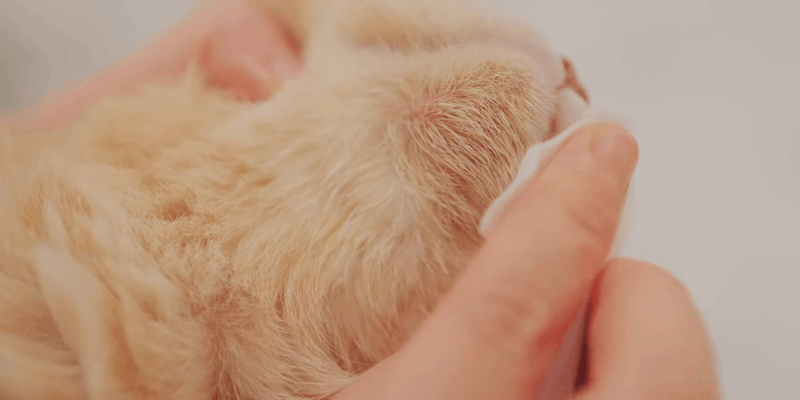
Tips to Keep Cat Skin Moisturized
To maintain moisture in your cat’s skin, here are some tips:
- Regular grooming: Regularly brush your cats’ fur to distribute their natural oils and prevent tangles and matting.
- Provide proper hydration: Water is a necessity for good skin, so make sure your cat always has access to it.
- Balanced diet: Give your cat a portion of food rich in high-quality protein and necessary fatty acids, which support the health of its skin and coat.
- Maintain humidity: Use a humidifier in dry environments to help add moisture to the air, benefiting your cat’s skin.
- Regular veterinary check-ups: Schedule regular visits to your veterinarian to monitor your cat’s overall health and address any potential skin concerns.
Natural Remedies to Moisturize Cat Dry Skin
There are several natural remedies and ingredients that can be used to moisturize a cat’s skin. It’s important to note that every cat is unique, and their individual sensitivities or allergies should be taken into consideration. Here are a few natural options:
- Coconut Oil: Coconut oil has moisturizing properties and can help hydrate your cat’s skin. Use virgin or unrefined coconut oil and apply a small amount to the dry areas of your cat’s skin. Be cautious not to use too much, as excessive ingestion can lead to gastrointestinal issues.
- Aloe Vera Gel: Pure aloe vera gel can soothe and moisturize dry skin. Apply a thin layer of aloe vera gel to the affected areas and let it absorb. Ensure that the aloe vera product used is specifically formulated for cats and does not contain any harmful additives.
- Olive Oil: Olive oil can provide moisture to your cat’s skin. Apply a small amount of olive oil to dry patches or problem areas, gently massaging it into the skin. Use extra virgin olive oil and monitor your cat’s response for any adverse reactions.
- Chamomile Tea: Brew a weak chamomile tea, let it cool, and use it as a gentle rinse or compress on your cat’s skin. Chamomile has soothing properties that can help alleviate dryness and irritation.
- Oatmeal: Oatmeal has moisturizing and soothing effects on the skin. Prepare a colloidal oatmeal paste by grinding plain, unflavored oatmeal into a fine powder and mixing it with water. Apply the paste to the affected areas, let it sit for a few minutes, and then rinse it off.
Conclusion
Taking care of your cat’s skin health and preventing dryness is essential for their overall comfort and happiness. By understanding the factors that contribute to dry skin and being aware of the signs and symptoms, you can take proactive steps to maintain your cat’s skin’s moisture levels. However, it’s always best to consult with your veterinarian before trying any new treatments or remedies. With proper care and attention, you can help your cat maintain healthy, nourished skin, ensuring they lead a happy and contented life.
I am Nelson Cooper, I pursue my passion for writing and my belief is that cats love humans. I enjoy traveling and have a deep appreciation for the beauty of nature, as well as a soft spot for animals, particularly cats.


